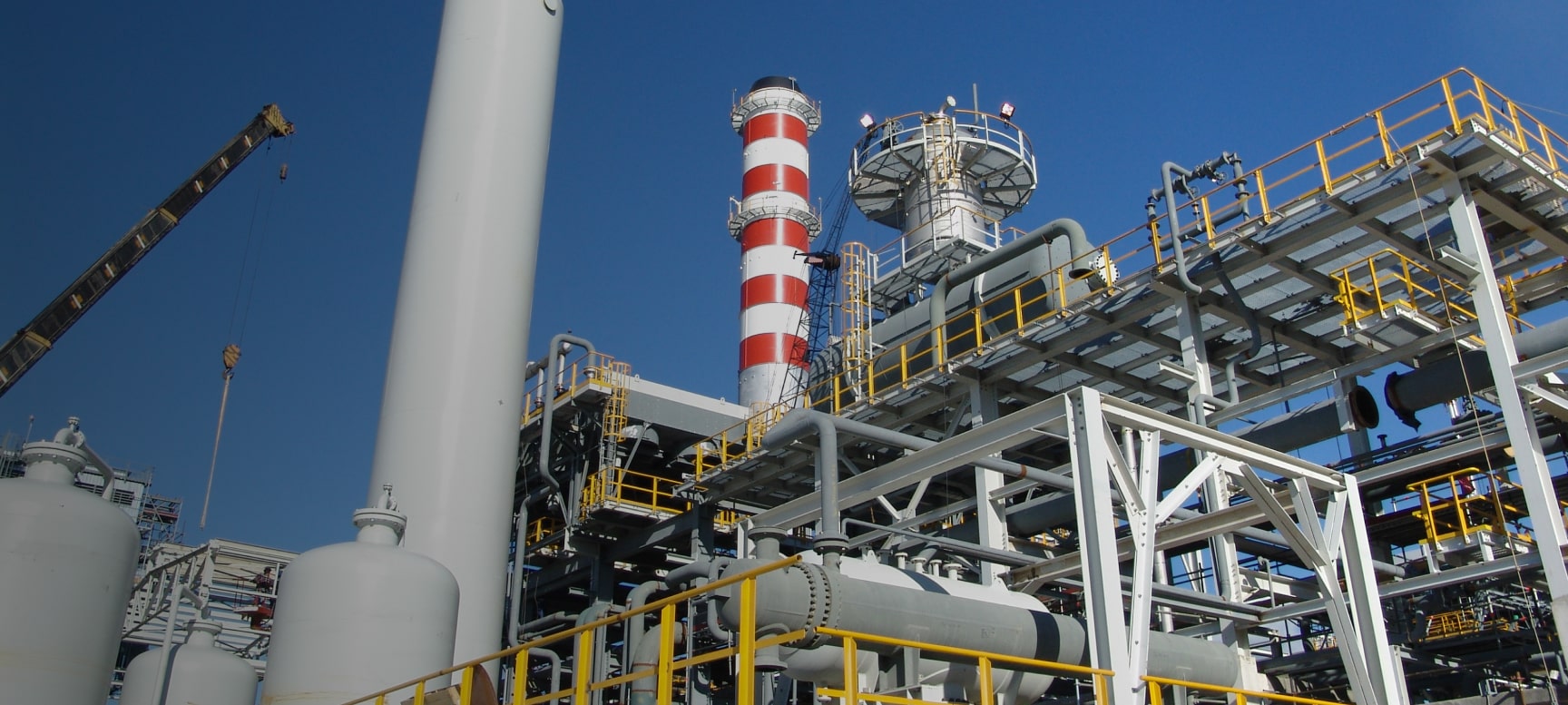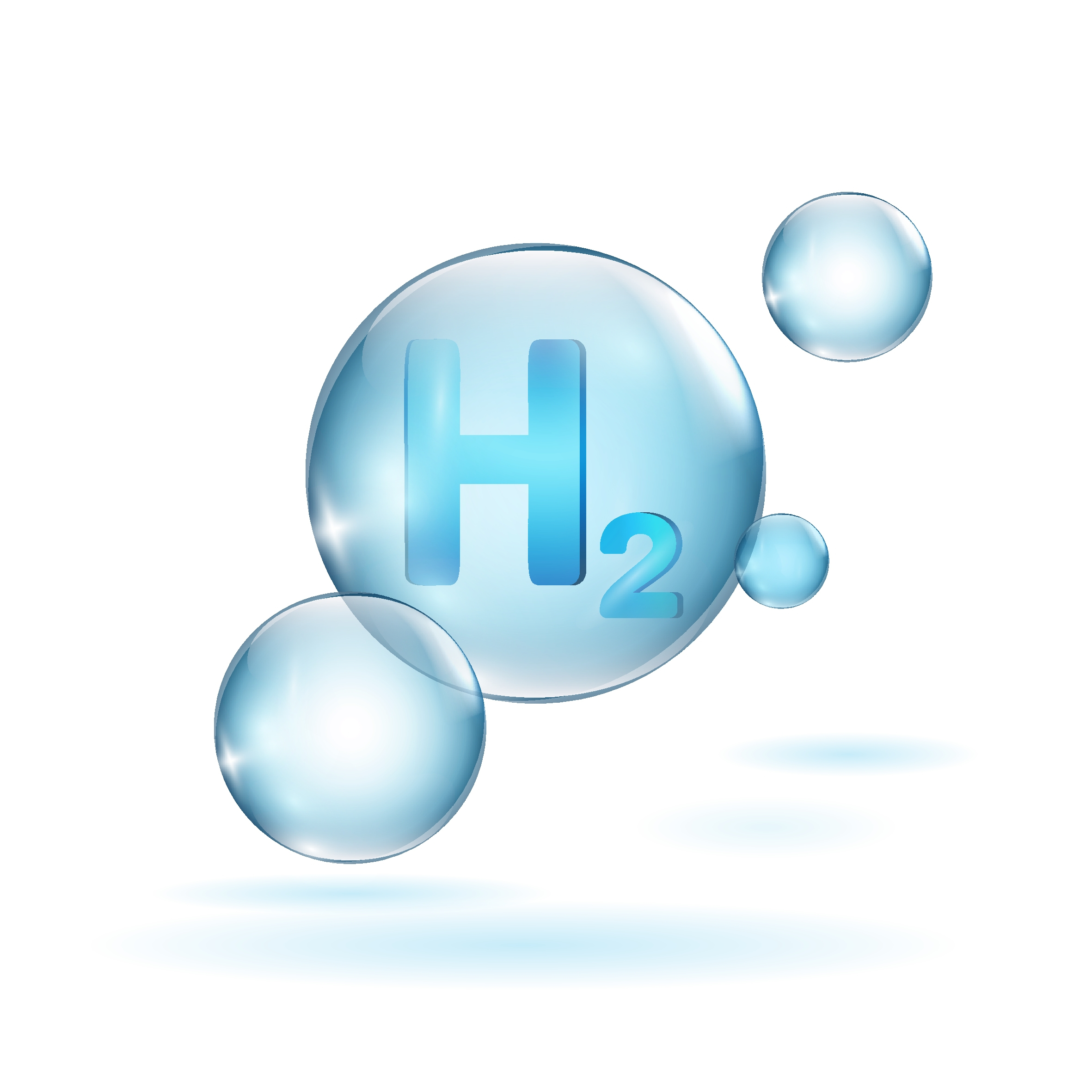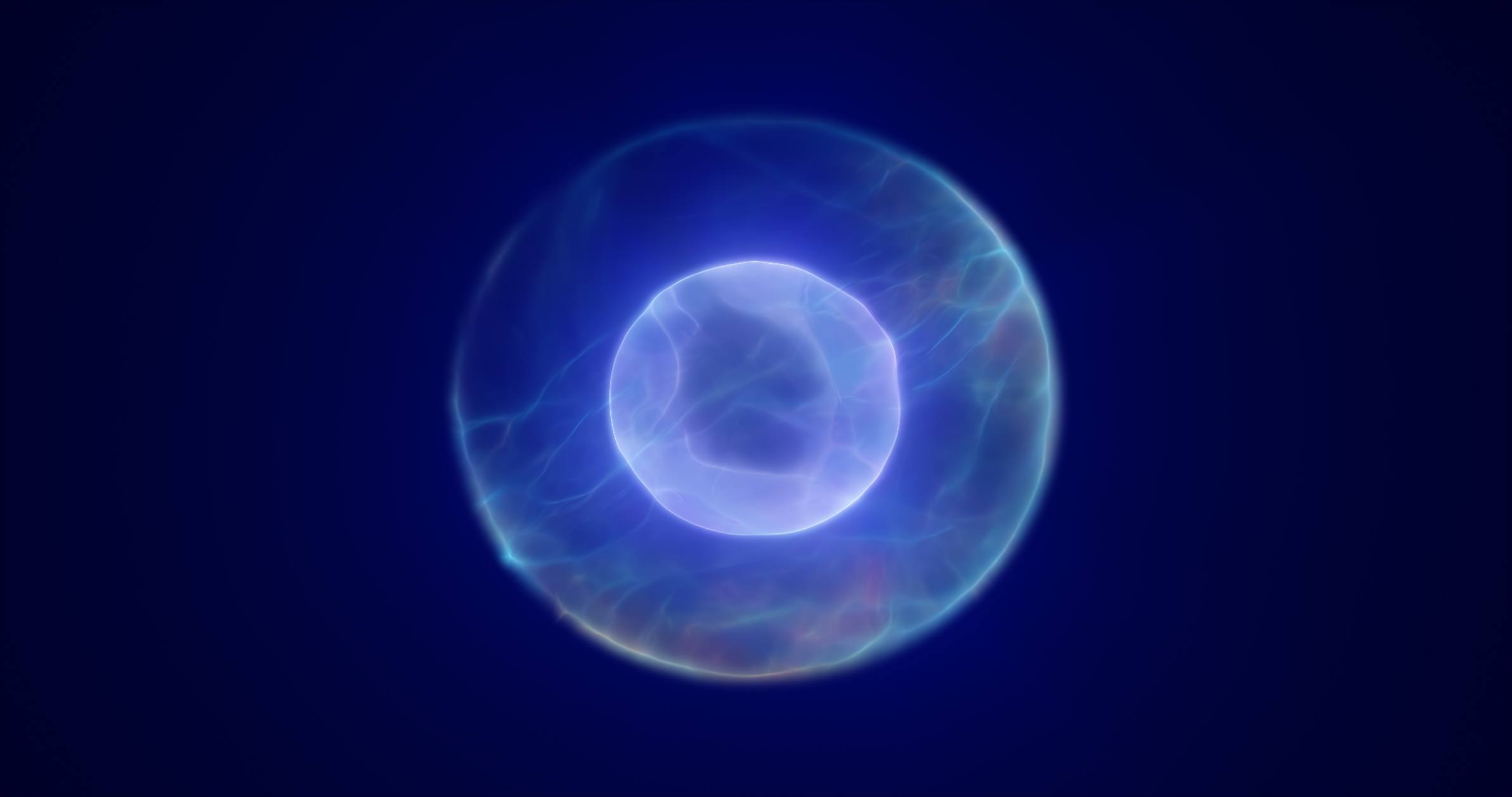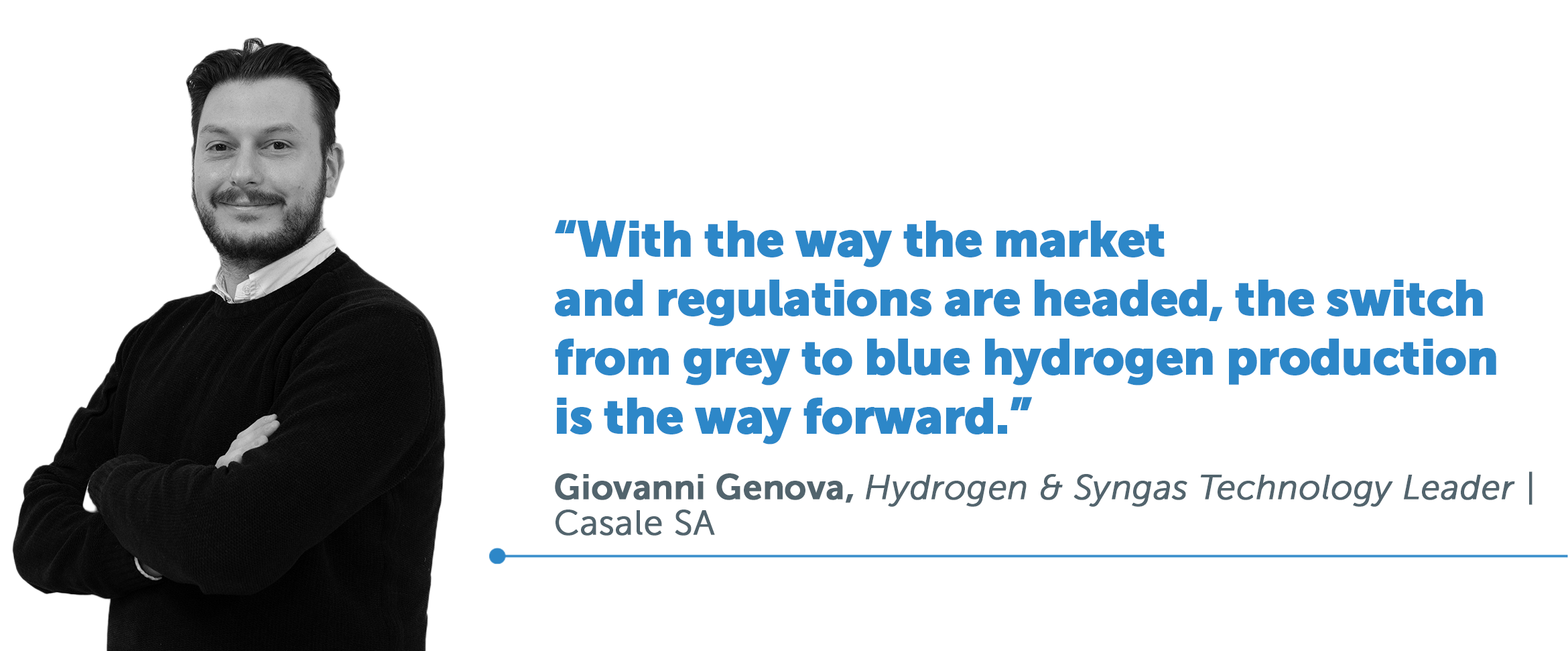
Start here to decarbonize your Hydrogen plant
We help you produce more hydrogen with less emissions
9 January 2024
Hydrogen is used everywhere in our daily lives, from the food we eat to the semiconductors in our electronics. Moreover, because hydrogen is carbon-free, it’s the foundation for creating the new clean fuels of the future. But not all hydrogen is sustainable – the difference is in how it’s made.

The colors of hydrogen production
Color matters when it comes to hydrogen. Around three-quarters of the hydrogen made today is grey – produced from natural gas in a process called steam reforming. The downside to this process is that it releases large amounts of carbon dioxide into the atmosphere. Nearly ten kilograms of CO2 are emitted to produce just one kilogram of hydrogen, giving it a large carbon footprint.
Green hydrogen, on the other hand, offers the potential for cleaner energy. Made by using electricity from renewable energy to split water into hydrogen and oxygen (a process called electrolysis), it is an entirely carbon-free process and the ultimate goal for a sustainable future. But until there is carbon pricing, producing green hydrogen currently remains more expensive than steam reforming.
Blue hydrogen is made using the same feedstock as grey hydrogen, but captures CO2 emissions for storage or reuse. Given the wide use of hydrogen across the economy, the large-scale production of blue hydrogen will be a critical part of the energy transition toward net-zero emissions.
Creating a cleaner blue hydrogen
Here at Casale, we are introducing state-of-the-art oxygen-based reforming technologies for an even cleaner blue hydrogen, increasing production and efficiency and allowing for more CO2 emissions to be captured.
Our solutions use auto-thermal reforming (ATR) and partial oxidization (POX), which allow you to produce a hydrogen-rich syngas that reduces the entire carbon footprint of your plant. Because unlike traditional blue hydrogen plants, auto-thermal processes are self-heating. Instead of burning natural gas, which results in a large amount of emissions needing to be captured, they only burn a portion of the produced carbon-free syngas for energy – radically cutting the amount of CO2 emitted per kilogram of hydrogen, from 10 to less than 0.1 kilograms.
These solutions are game changers, allowing operators to go beyond their plant’s current capacity limit – producing up to 2 to 3 times more blue hydrogen in a single unit as compared to a traditional plant. In other words, more hydrogen with less emissions and a carbon capture rate above 99 percent. Moreover, our solutions are scalable and can be applied to new and existing grey hydrogen plants.
The fuel of the future
We firmly believe hydrogen is the energy source of the future. Our approach to understanding the dynamics of combustion allows us to produce hydrogen at unparalleled levels of quantity and purity. Already in the past 25 years, our oxygen-based reforming technologies (ATR and POX ) have been installed in plants around the world, including inside the largest methanol plant where ATR generates an equivalent of 630,000 normal cubic meters of hydrogen per hour – nearly three times the amount produced by the largest hydrogen plant based on steam reforming.

And we’re underscoring our leadership in the development of a hydrogen economy with an active engagement in a complete range of processes used for blue hydrogen production. We’re using our vast experience in steam reforming, auto-thermal reforming and partial oxidation reactors for continuous research that is not only improving our products, but also speeding up the energy transition.

